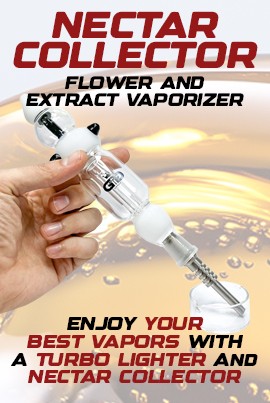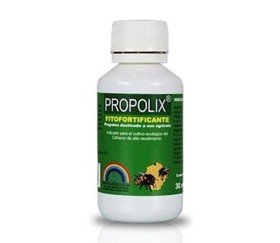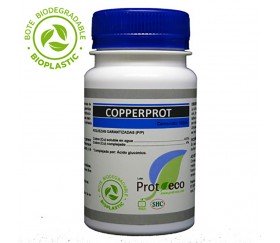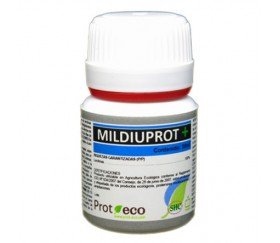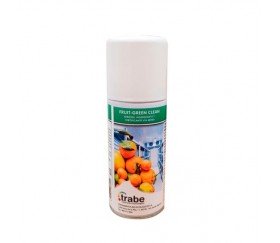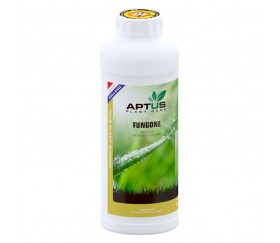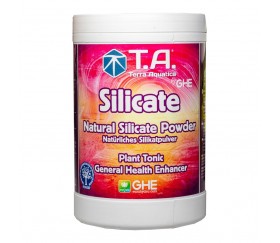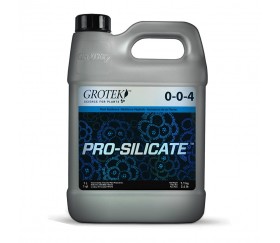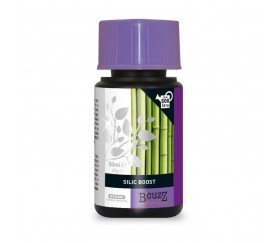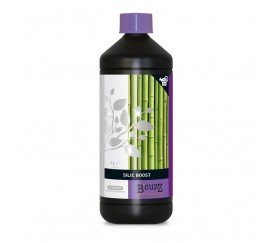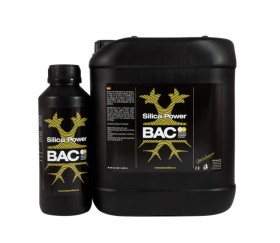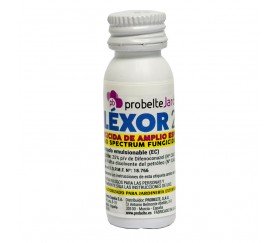Mildew
Mildew is a dangerous infection that develops on the inside of your plants, and can be incredibly difficult to get rid of once it becomes apparent.
Let’s have a look at everything you should know about mildew and cannabis plants, and how to successfully prevent it.
What is Mildew?
Mildew is the name given to illnesses caused by plant pathogens, pseudo-fungi called oomycetes. Pseudoperonospora Cannabina and P. Humili are the two species considered to cause mildew on cannabis plants, although there’s debate regarding whether they’re the same species that effects hops.
Mildew is also called downy mildew in order to differentiate it from powdery mildew, which is what some people call oidium.
The damage caused mainly affects the leaves, and they begin to dry up. The leaves fall off and the plant loses strength, stunting their growth. Leaves can continue to fall off, right until your plants can no longer photosynthesize and they die.
How to Detect Mildew
Unlike powdery mildew, this mildew produces grey dust-like substances under the leaves. At the beginning, you’ll be able to see small yellow spots on the upper parts of the leaves, which later turn brown. As the infection evolves, grey powder will start appearing along the bottom of the leaves.
Advice: make sure to examine your plants’ leaves and pay special attention to any stains on the upper side and lower side of the leaves.
How to Prevent Mildew
Prevention is the only efficient way to protect your plants from Mildew:
- Any type of errant plant material is a great way for this pseudo-fungi to get to your plants. Keep your growing area clean: remove any fallen leaves, do not bury them in the substrate. In order to correctly recycle your leaves you should compost them, which can take months.
- Use gloves or clean your hands regularly before touching your plants. If you touch an infected plant, clean your hands properly or change your gloves after.
- Clean the flowerpots and trays using water and soap, and then some bleach. Clean your scissors thoroughly before and after using them.
- Outdoors, separate plants out enough so that there’s plenty of air circulation. Make sure no branches are hovering above other plants’ branches or shading them. Don’t place them near a wall or in the shade.
- Don’t use too much nitrogen; this can cause mildew, insect and pathogen infestations.
- In indoor grows, make sure there’s decent ventilation and keep humidity under 60% during the growth stage and 45% during the flowering stage. It’s incredibly important to have a good ventilation and air extraction system, as this is the best way to cool down your grow and avoid fungal infections.
- If you’ve had infections before, do not reuse substrate. You shouldn’t use it even if you’ve had a clean grow; you can use it on other plants, but never reuse it to save money.
- Anti-stress additive products such as Revive, Regulator, Alg-A-Mic o Supervit, can strengthen your plants and increase their resistance to issues such as fungi.
- Copperprot is a copper-based additive which is efficient when it comes to preventing fungi and keeping mildew at bay.
- You can also prevent mildew by using Ekisan every 8 days, especially during rainy days or when it’s been cloudy for a few days. Ekisan by Trabe is a natural fungicide made using horsetail, and it can be used during the growth and flowering stages. Ekisan is also good for preventing against Alternaria, pythium wilt, oidium, rust and more. It also works against aphids and red spider mites. It contains silicon, which strengthens your plants cell walls and protects them from soil pathogens.
- Mildew requires a mild climate and high humidity in order to produce spores. This generally occurs around the start of spring, end of autumn. Mildew sticks around during the winter to, becoming active when humidity rises and temperatures are between 10 and 25°C. If you grow in a humid region where there tends to be rainy, cold autumns, we recommend growing an early or fast flowering strain such as Jamaican Dream, Lemon King or Critical King.
How to Get Rid of Mildew
The solution is prevention; chemical products used to treat mildew in vines, for example, require a specific license to use, as they’re not apt for domestic gardening. The best plan is to take preventive measures so it doesn’t get that far. If you need to attempt to get rid of it, we recommend using Ekisan three times a week, which you can also use alongside Copperprot.
If you have any questions regarding Mildew, get in touch with La Huerta Grow Shop’s team of experts.
Subcategories
